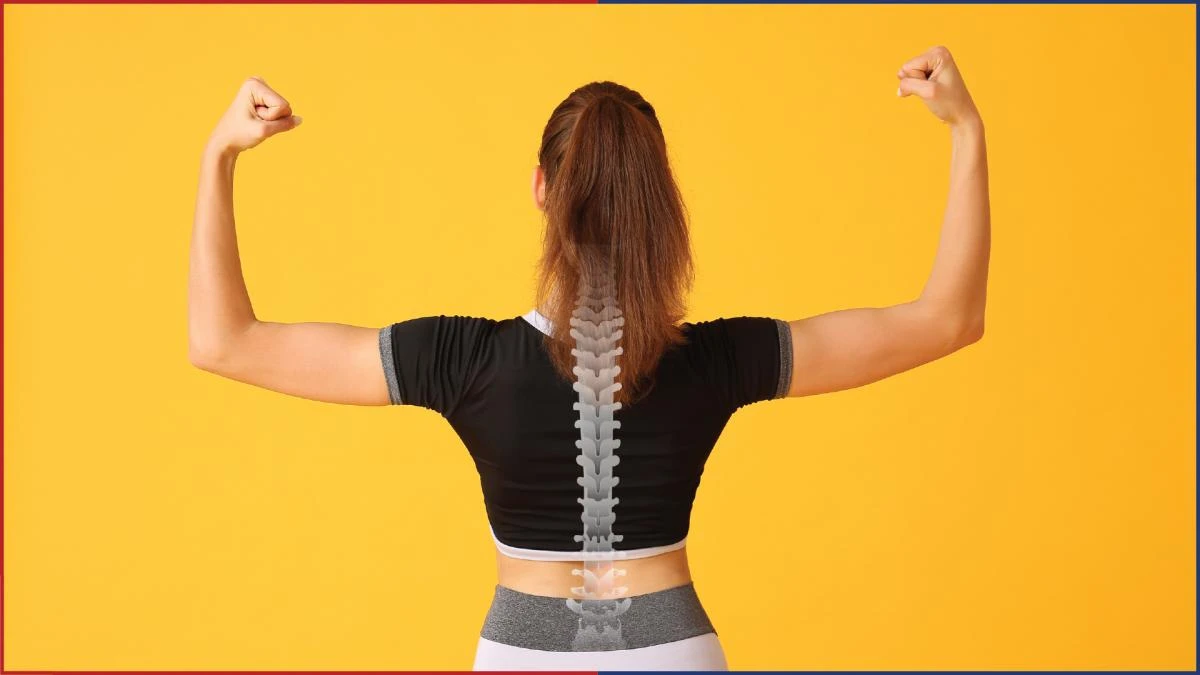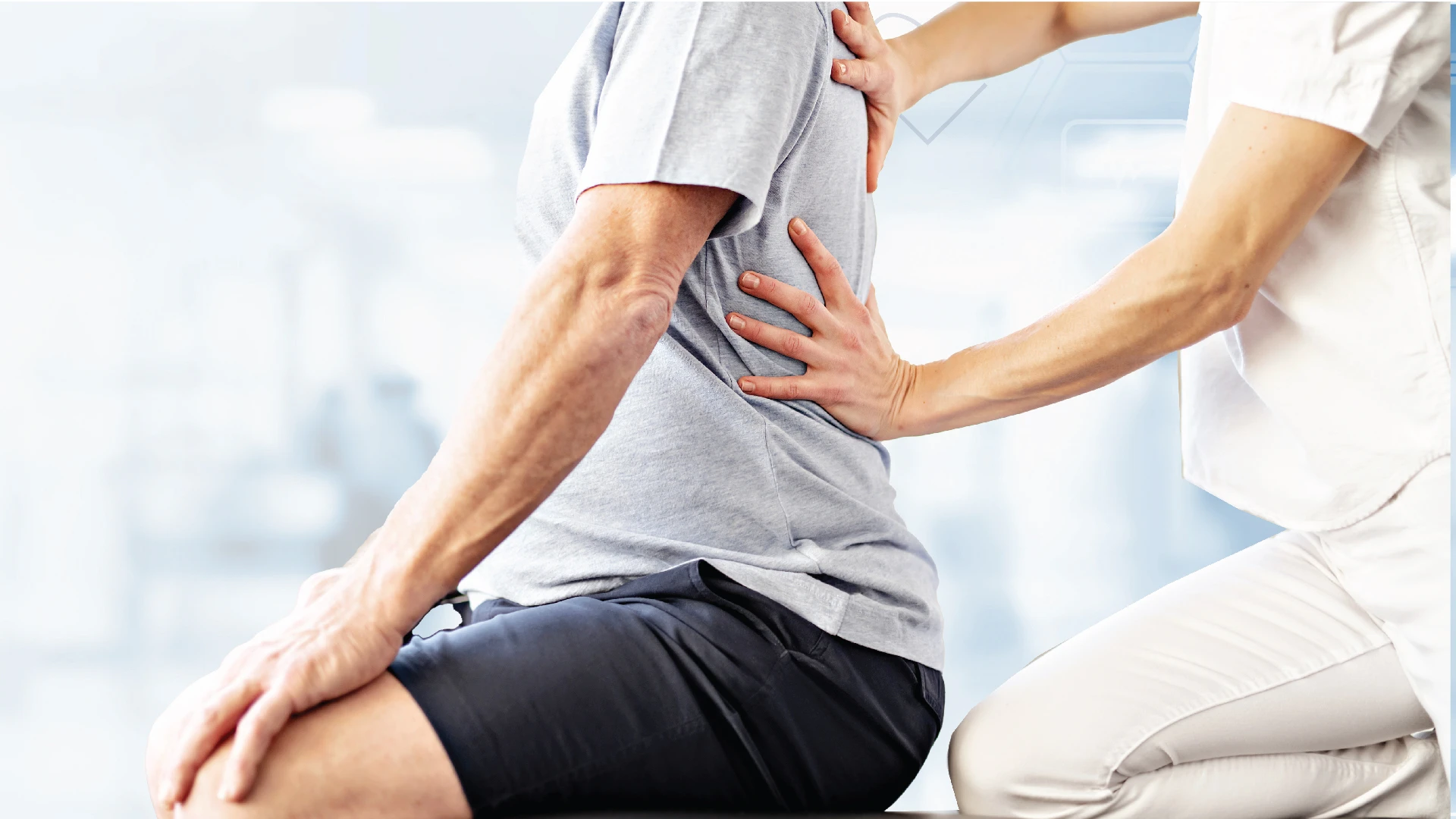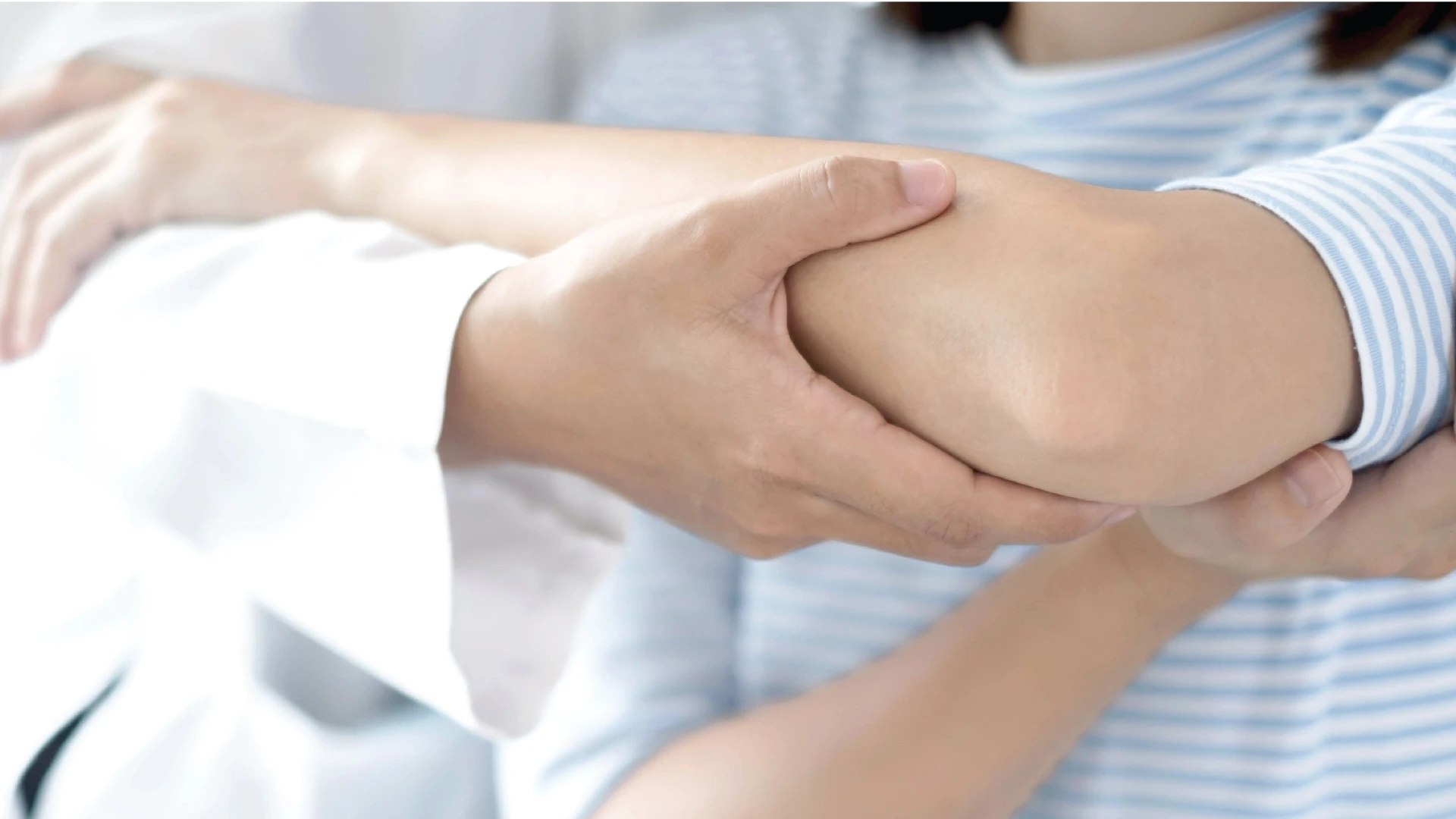An Introduction to Core Muscles and Their Role in Preventing Back Issues Understanding the Significa


Back pain, a common ailment across genders and ages, can severely impact daily life. While there are diverse methods to tackle this, such as medication, surgery, and physical therapy, an often overlooked yet practical approach is the strengthening of the “Core Muscles.”
Back pain, a common ailment across genders and ages, can severely impact daily life. While there are diverse methods to tackle this, such as medication, surgery, and physical therapy, an often overlooked yet practical approach is the strengthening of the “Core Muscles.”
What are Core Muscles?
Encompassing the central axis of the body, core muscles are pivotal in ensuring spinal support, balance, and optimal functioning of nearby muscles. Their roles include:
Mobility: Facilitating movements like twisting, lifting, and turning.
Posture: Maintaining the body’s central axis and ensuring spinal stability during activities, whether walking or running.Enhanced Limb Function: Interconnected muscles mean that a strong core can amplify the strength of arm and leg muscles, while a weak core can diminish it.
The Core’s Role in Spinal Conditions
Strong core muscles encapsulate the spine in a holistic manner, ensuring its alignment during body movements. Such strength guarantees balance, reduces spinal force and minimizes injuries while also optimizing the function of arms and legs in activities. This is illustrated in improved strides for runners or a better swing for golfers. Consequently, robust core muscles can significantly alleviate chronic back pain, a condition often exacerbated by weak back and abdominal muscles. Research supports that enhancing the strength and endurance of core muscles can mitigate chronic back pain and herniated disc discomfort. Be it spondylosis, herniated discs, or fractures due to osteoporosis, addressing core muscles is imperative post-treatment for sustainable recovery.

Exercising Core Muscles
Exercising the core muscles doesn’t require fancy equipment; a simple mat suffices. During workouts, maintain steady breathing and monitor abdominal tension. If new to exercising or after a long hiatus, initiate with elementary postures and escalate the intensity progressively.
Recommended Core Exercises for Back Pain Relief
Bridge Pose: Lie flat, lift hips and buttocks till a straight line forms from knees to shoulders, hold, and repeat.
Crunch: Lying flat, raising bent knees, engaging abs, lifting body, holding, and completing 8–12 repetitions.
Modified Plank: Lie on your chest, lift your body with knees and toes on the floor, engage the core, hold, and repeat.Supine Toe Tap: Lie on the back, lift legs to a 90-degree angle, tap toes alternatively, and complete 8–12 repetitions.
Incorporating these exercises will fortify core muscles, curbing the potential for spine complications and enriching general health.
Wishing you optimal spinal health,
S Spine & Nerve Hospital, specialists in spinal care.
Authored by:
Dr. Tanawat Ounahachok, M.D., Spine Specialist.
แผลเล็ก เสียเลือดน้อย
ไม่ต้องผ่าตัดแบบเปิดใช้เข็มขนาดเล็ก 1 มิลลิเมตร เจาะเข้าสู่บริเวณที่มีปัญหาทำให้แผลมีขนาดเล็กมาก เสียเลือดน้อย
ท่าแพลงก์ดัดแปลง (Modified Plank)
-
เริ่มจากท่านอนคว่ำ เท้าท้องแขนราบกับพื้น ให้ข้อศอกอยู่ตรงกับหัวไหล่
-
ยกตัวขึ้น วางหัวเข่าและปลายเท้าไว้กับพื้น โดยให้เข่าอยู่ตรงกับสะโพก
-
จัดให้ศีรษะ คอ และหลังอยู่ในแนวเดียวกัน
-
เกร็งหน้าท้อง ยืดและแยกขาออกจากกันเล็กน้อย
-
ค้างท่านี้ไว้ พร้อมหายใจเข้าลึกๆ 3 ครั้ง (ประมาณ 10-30 วินาที)
-
กลับสู่ท่าเริ่มต้นและทำซ้ำ
ท่าปลายเท้าแตะ (Supine Toe Tap)
-
นอนหงาย วางแขนและคว่ำฝ่ามือไว้ข้างลำตัว
-
ยกขาทั้งสองข้างขึ้น งอเข่าเป็นมุม 90 องศา
-
เกร็งกล้ามเนื้อ นำปลายเท้าขวาแตะพื้นเบาๆ ในขณะที่ขาซ้ายยังคงอยู่ในท่าเดิม
-
สลับข้าง นำปลายเท้าซ้ายแตะพื้น ยกขาขวากลับสู่ท่าเริ่มต้น
-
ทำสลับกันทั้งหมด 8-12 รอบ
การฝึกท่าบริหารเหล่านี้อย่างสม่ำเสมอจะช่วยเสริมสร้างความแข็งแรงให้กับกล้ามเนื้อแกนกลางลำตัว ซึ่งเป็นกุญแจสำคัญในการลดความเสี่ยงของโรคเกี่ยวกับกระดูกสันหลัง และช่วยให้คุณมีสุขภาพหลังที่ดีอีกด้วย
ด้วยความปรารถนาดีจาก โรงพยาบาล เอส โรงพยาบาลเฉพาะทางด้านกระดูกสันหลัง
ข้อมูลอ้างอิง
นพ.ธนวัฒน์ อุณหโชค แพทย์เฉพาะทางด้านกระดูกสันหลัง
Read More
Related Services

No. 2102/9 Ladprao Road, Wang Thonglang Subdistrict, Wang Thonglang District, Bangkok 10310
Call : 02-034-0808Our Services
Quick Menu
Copyright © 2025 S Spine and Joint Hospital. All right reserved




